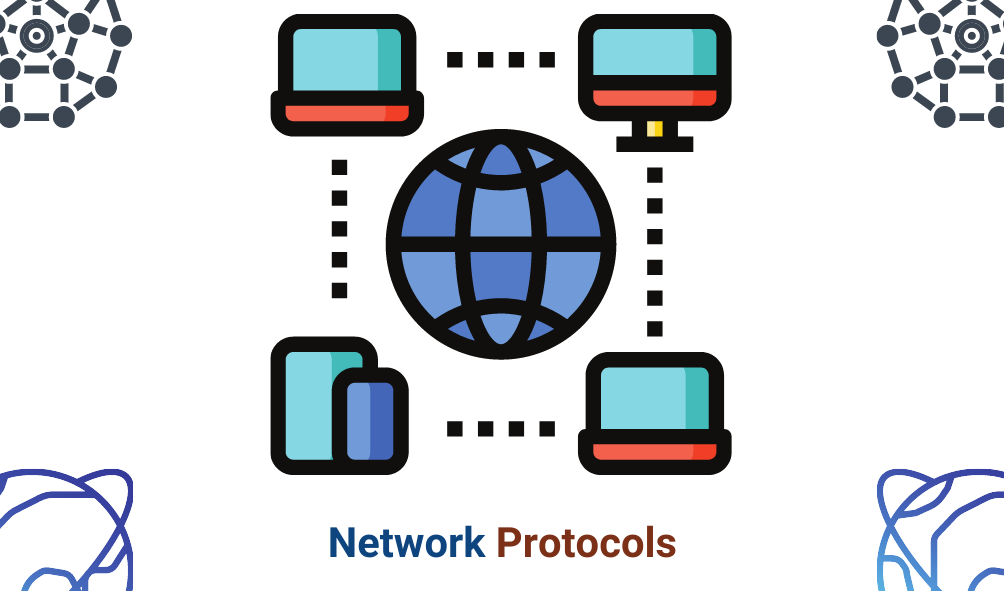Network Protocol- This book covers the entire syllabus of “Computer & Information Technology” prescribed by the BNMC for B.Sc. in Nursing Science & Diploma in Nursing Science & Midwifery students. We tried to accommodate the latest information and topics.
This book is an examination setup according to the teachers’ lectures and examination questions. We hope in touch with the book students’ knowledge will be upgraded and flourished. The unique way of presentation may make your reading of the book a pleasurable experience.
Network Protocol

“Protocol” usually refers to a set of rules that define an exact format for communication between systems. For example the HTTP protocol defines the format for communication between web browsers and web servers, the IMAP protocol defines the format for communication between IMAP email servers and clients, and the SSL protocol defines a format for encrypted communications over the Internet.
Types of Protocol:
1. TCP: Transmission Control Protocol, used for the reliable transmission of data over a network.
2. HTTP: Hypertext Transfer Protocol, used for transmitting and displaying information in the form of web pages on browsers.
3. FTP: File Transfer Protocol, used for file transfer (uploading and downloading) over the Internet.
4. POP: The most common protocol for receiving mail is Post Office Protocol (POP). It is now in version 3 so it is called POP3. Email clients such Outlook Express require an address for a POP3 server before they can read mail. The or may not be the same address IP servers may
5. Ethernet: Used for data transmission over a LAN.
radio
6. Wi-Fi: One of the wireless protocols.
7. TCP/IP: IP supports unique addressing fo
r computers on a network. Most networks use the Internet Protocol version 4 (IPv4) standards that features IP addresses four bytes (32 bits) in length. The newer Internet Protocol version 6 (IPv6) standard features addresses 16 bytes (128 bits) in length.

Facebook is a popular free social networking website that allows registered users to create profiles, upload photos and video, send messages and keep in touch with friends, family and colleagues. The site, which is available in 37 different languages, includes public features such as:

- Marketplace – allows members to post, read and respond to classified ads.
- Groups – allows members who have common interests to find each other and interact.
- Events – allows members to publicize an event, invite guests and track who plans to attend.
- Pages – allows members to create and promote a public page built around a specific topic.
- Presence technology – allows members to see which contacts are online and chat, 0001019
YouTube
A popular free video-sharing Web site that lets registered users upload and share video clips online at the YouTube.com Web site. To view the videos you are not required to register. Launched in 2005 by former PayPal employees, the video-sharing site was acquired by Google Inc. in October 2006 for US $1.65 billion in Google stock.

OSI
The Open Systems Interconnection model (OSI model) is a conceptual model that cacterizes and standardizes the communication functions of a telecommunication or computing system without regard to their underlying internal structure and technology. Its goal is the interoperability of diverse communication systems with standard protocols. The model partitions a communication system into abstraction layers. The original version of the model defined seven layers.

Definition of World Wide Web:
The World Wide Web (abbreviated WWW or the Web) is an information space where documents and other resources are identified by Uniform Resource Locators (URLs), interlinked by hypertext links, and can be accessed via the Internet
Read more
